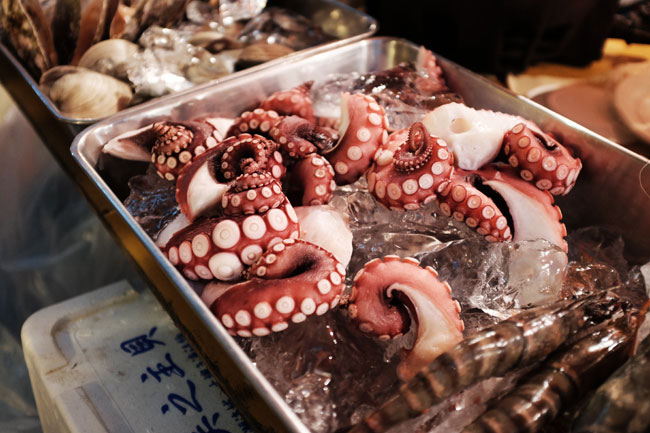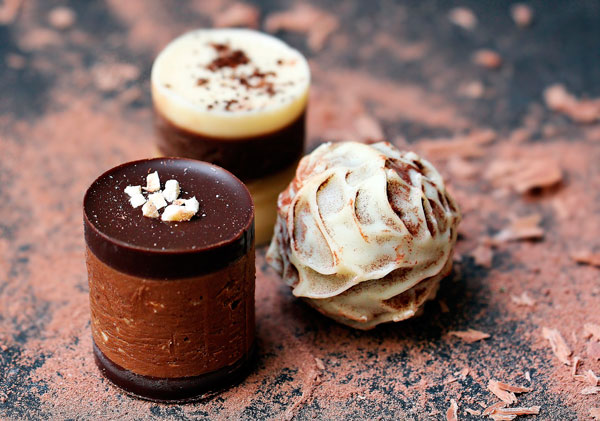By Phoebe Ollerearnshaw
Tokyo has long been considered a city of supreme culture. Aside from its rich history, the busy metropolis is widely revered for the vibrancy of its food scene. Not many places can match the fine cuisine being served up by the bustling city’s street vendors and even its small independent cafes. But, it is the abundance of Michelin-starred restaurants that are currently marking Tokyo as one of the greatest food destinations in the world. While stars alone are not a definitive measure of greatness, it is clear that Tokyo’s dedication to culinary excellence is engrained within the everyday practices of the people who live there.
According to the 2018 Michelin Guide, Tokyo has the world’s most Michelin-starred restaurants, with 234 establishments baring the badge of honour (an increase of seven from last year). This figure dwarfs the quantity housed by the runners up, Osaka and Paris—who earned 96 and 92 in last year’s guide respectively. All 12 of the city’s three-star list retained their status while the two-star list saw five new additions. It was the one-star category that really shone for Tokyo this year; 23 new restaurants were greeted to its group.
Hidetoki Sato is one of Tokyo’s most renowned three-star chefs, having worked at Ryugin—which ranked 20th in the S.Pellegrino World’s 50 Best Restaurants in 2011—before opening its sister restaurant in Hong Kong. He believes the reason behind Tokyo’s bounty of Michelin-starred restaurants is the inherent attitude of Japanese chefs: ‘As one of many Japanese chefs, I know that we all share the same strong artistic spirit,’ he says. ‘This spirit also applies to the Japanese mentality. We focus intensely on the quality and detail of what we do, in our case the food we serve.’
Sato goes on to stipulate that the high calibre of cooking is echoed across all dining experiences in Tokyo. ‘Many chefs, foodies and people in our industry say Tokyo is the world’s best food city, but this doesn’t mean only Michelin restaurants,’ says Sato. ‘It means all categories of food, from street food, fast food, takeaway to fine dining. It truly is a food paradise.’
For those under the impression that Tokyo’s gastronomic repertoire is limited to sushi, teppanyaki and ramen, they will be happily surprised. In fact, the city welcomes a wide range of cuisines, with European flavours being extremely favourable. The city is said to have over 50 French eateries that retain Michelin stars. The cross-pollination of the two gastronomies began in the 1960s when Japan’s economic growth resulted in a number of chefs training in French kitchens. Now, Japan’s capital offers some of the finest and most authentic French delicacies outside of France itself.
For those in search of a truly unforgettable dining experience, visit Usuki Fugu Yamadaya, which specialises in fugu (Japanese puffer fish). With years of experience in plating this potentially poisonous fish, the restaurant is often applauded for its creativity and finesse. Alternatively, diners with a palate for modern cuisine should try Kanda. Their minimalist plates and extraordinary take on Japanese cuisine makes them an unmissable spot for those in search of quality.
If you have enjoyed this article: ‘Tokyo’s Bounty of Michelin-starred Restaurants’, click here to read more on The Master Chefs website about Matthew Fort’s favourite wine regions.



